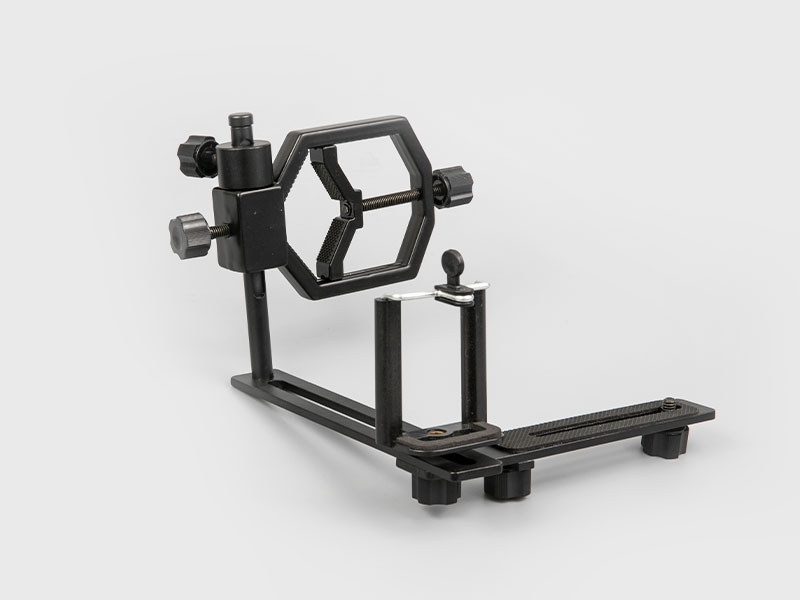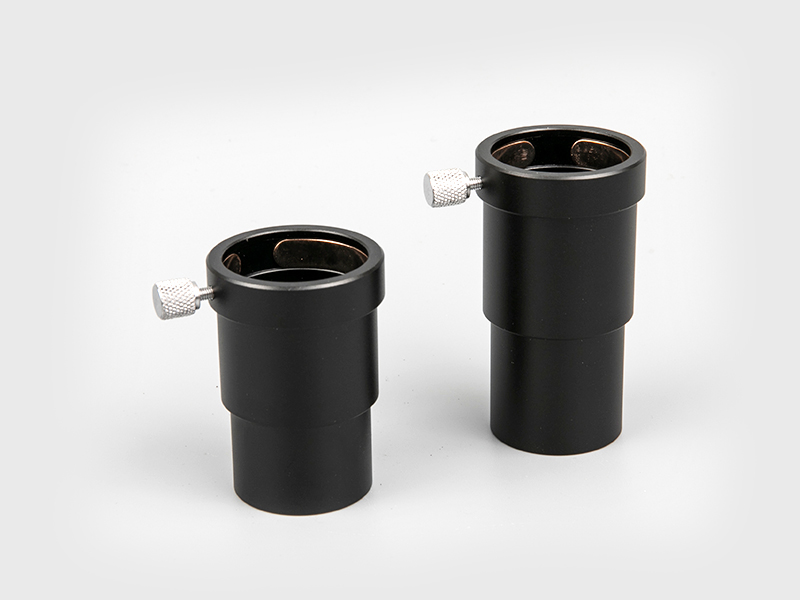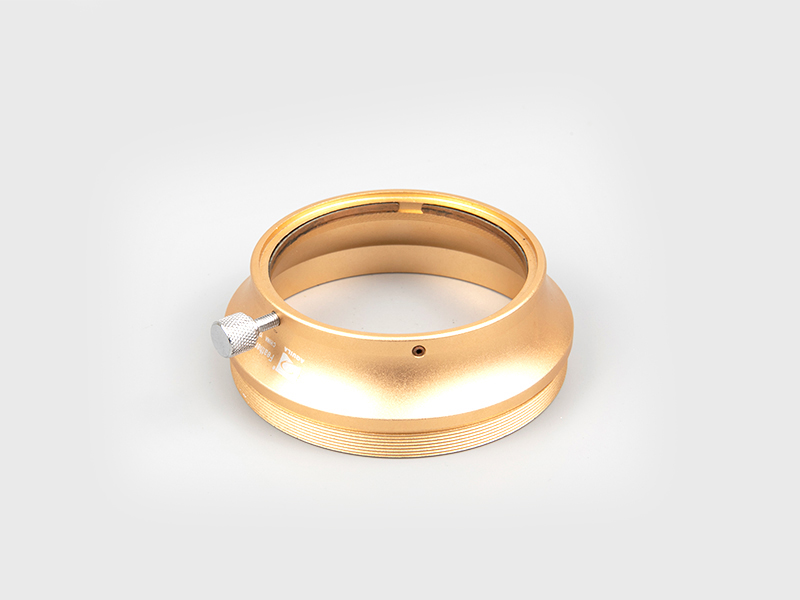1 About the aperture: The larger the aperture, the larger the observation field and brightness, which is beneficial for observation in dim light. However, the larger the diameter, the larger the volume. Generally, you can choose between 30 and 50mm according to your needs.
2 About the field of view: the larger the field of view, the wider, brighter and more comfortable the observation range. Conventional military telescopes generally use a wide-angle large field of view design. For binoculars, at the same magnification, the larger the field of view, the more comfortable it is to see. The wide-angle wide-field telescope will give people a feeling of spaciousness, comfort and relaxation. According to the experience of wheat fields, it is generally recommended to buy a telescope with a field of view of 110m/1000m or more.
3 About coating: The function of lens coating is to reduce reflection, increase light transmittance, and improve viewing brightness. The coating color should be determined according to the optical material and design. The lighter the coating, the less reflective the better. In recent years, various red and green thin film telescopes with strong reflectivity and sparkle have appeared in various markets, which are very attractive to consumers. In fact, the poor reflection of this coating has lost a lot of light, making the color dull, dark, and less defined. What's more, some people even call this poor red film telescope an "infrared night vision telescope", which can be used for dark night vision to deceive consumers. In fact, the real infrared night vision and low light night vision are photocells. Imaging, completely different from a telescope. Unusable during the day, expensive and requires power to work.
4 approximate multiples: 7-12 times better. Don't be greedy for high times. Many people always think that the higher the light multiple, the better. In fact, the reasonable multiple of the telescope is related to the telescope aperture and observation method, that is, if the aperture is large, the multiple can be appropriately high; fixed observation with a tripod can be higher than handheld observation. If you buy a branded telescope for hand-held observation, 7~10 times are enough, no more than 12 times. Otherwise, the higher the multiple, the smaller and darker the observation field will be, and the observation effect will also decrease. In particular, the jitter caused by high magnification is also greatly increased, making the observation scene unstable. Countries around the world, such as China, the United States and Russia, mostly use telescopes with 6 to 10 times magnification, because clear and stable imaging is very important.

 English
English 日本語
日本語 Deutsche
Deutsche España
España








